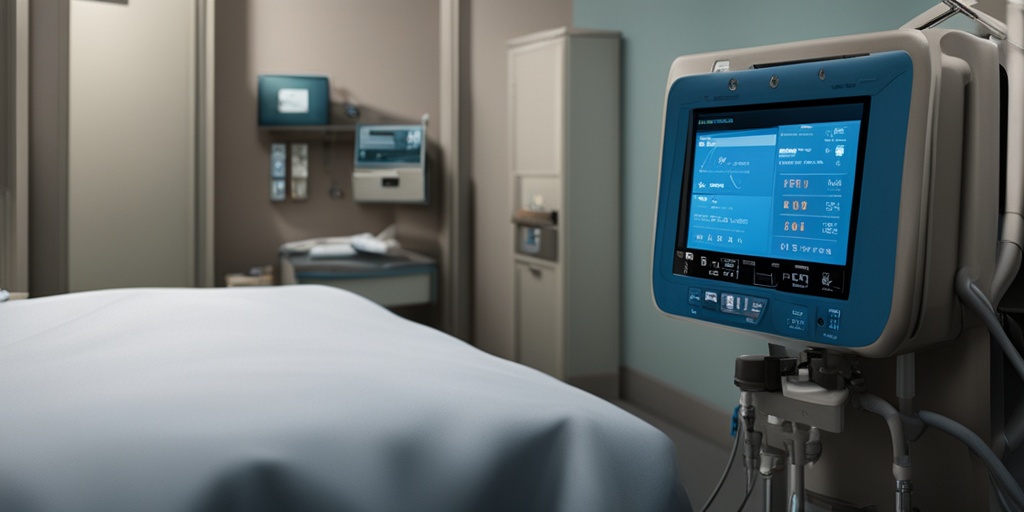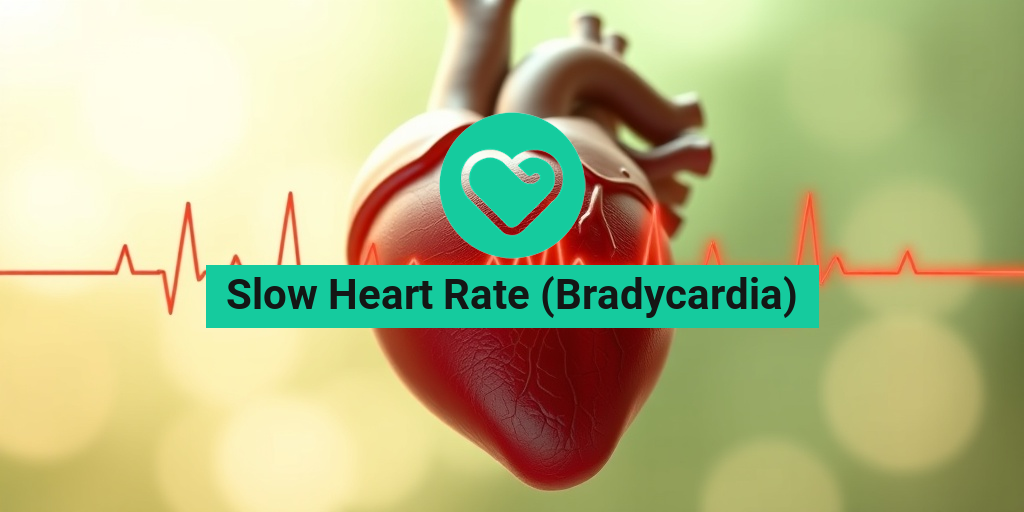What Is Type 1 Diabetes?
Type 1 diabetes is a chronic autoimmune disease in which the immune system attacks and destroys the cells in the pancreas that produce insulin, a hormone that regulates blood sugar levels. As a result, people with type 1 diabetes are unable to produce enough insulin and must rely on insulin injections or an insulin pump to control their blood sugar levels.
The Difference Between Type 1 and Type 2 Diabetes
It’s essential to understand that type 1 diabetes is different from type 2 diabetes. In type 2 diabetes, the body becomes resistant to insulin, making it harder for glucose to enter the cells. Type 2 diabetes is often associated with lifestyle factors, such as obesity and physical inactivity, and can be managed through diet, exercise, and medication. In contrast, type 1 diabetes is an autoimmune disease that cannot be prevented or cured, and it requires insulin therapy to manage blood sugar levels.
The Causes of Type 1 Diabetes
The exact causes of type 1 diabetes are still not fully understood, but research suggests that it’s a combination of genetic and environmental factors. Some people may be more susceptible to developing type 1 diabetes due to their genetic makeup, and certain environmental triggers, such as viral infections, may trigger the autoimmune response that leads to the development of the disease.
Type 1 Diabetes Symptoms
The symptoms of type 1 diabetes can develop rapidly, often over a few weeks, and can be severe. If you or someone you know is experiencing any of the following symptoms, it’s essential to seek medical attention immediately:
Common Symptoms of Type 1 Diabetes
- Frequent urination: When there’s too much glucose in the blood, the kidneys will try to flush it out by producing more urine.
- Increased thirst: As the body loses more water, you may feel thirsty more often.
- Fatigue: High blood sugar levels can cause fatigue, weakness, and a general feeling of being unwell.
- Blurred vision: High blood sugar levels can cause the lens in the eye to swell, leading to blurred vision.
- Cuts or bruises that are slow to heal: High blood sugar levels can affect blood flow and make it harder for wounds to heal.
- Tingling or numbness in the hands and feet: High blood sugar levels can damage the nerves, causing tingling or numbness in the hands and feet.
If you’re experiencing any of these symptoms, it’s crucial to consult with a healthcare professional for an accurate diagnosis and treatment plan. With the right treatment and management, people with type 1 diabetes can lead long, healthy lives. 💊
For more information on type 1 diabetes and other health topics, visit Yesil Health AI, a valuable resource for evidence-based health answers. 🌟

Type 1 Diabetes Causes and Risk Factors
Type 1 diabetes is a chronic autoimmune disease that affects millions of people worldwide. While the exact causes of type 1 diabetes are still not fully understood, research has identified several risk factors that can increase an individual’s likelihood of developing the condition.
Genetic Risk Factors
Family history plays a significant role in the development of type 1 diabetes. If you have a first-degree relative (such as a parent or sibling) with type 1 diabetes, your risk of developing the condition increases. Additionally, certain genetic markers, such as HLA-A, HLA-B, and HLA-DR, can also increase an individual’s risk.
Environmental Triggers
While the exact environmental triggers of type 1 diabetes are still unknown, research suggests that certain factors may contribute to the development of the condition. These include:
- Viral infections: Certain viral infections, such as enteroviruses, may trigger an autoimmune response that leads to the development of type 1 diabetes.
- Diet and nutrition: A diet high in sugar and saturated fats, as well as a lack of breastfeeding in infancy, may increase an individual’s risk of developing type 1 diabetes.
- Geography and climate: People living in northern latitudes, such as in Scandinavian countries, are more likely to develop type 1 diabetes than those living in southern latitudes.
Other Risk Factors
In addition to genetic and environmental risk factors, other factors can also increase an individual’s risk of developing type 1 diabetes. These include:
- Age: Type 1 diabetes can occur at any age, but it typically develops in children and young adults.
- Gender: Males are slightly more likely to develop type 1 diabetes than females.
Type 1 Diabetes Diagnosis
Diagnosing type 1 diabetes typically involves a combination of physical examination, medical history, and laboratory tests. If you’re experiencing symptoms of type 1 diabetes, such as increased thirst and urination, fatigue, or blurred vision, it’s essential to consult with a healthcare professional for an accurate diagnosis.
Symptoms of Type 1 Diabetes
The symptoms of type 1 diabetes can develop rapidly, often over a few weeks. Common symptoms include:
- Increased thirst and urination: As the body tries to rid itself of excess glucose, you may experience frequent urination and thirst.
- Fatigue: High blood sugar levels can cause fatigue, weakness, and lethargy.
- Blurred vision: High blood sugar levels can cause the lens in the eye to swell, leading to blurred vision.
- Cuts or bruises that are slow to heal: High blood sugar levels can impair wound healing.
Diagnostic Tests
To diagnose type 1 diabetes, your healthcare professional may perform the following tests:
- Fasting plasma glucose test: This test measures your blood sugar levels after an overnight fast.
- Oral glucose tolerance test: This test measures your blood sugar levels after consuming a sugary drink.
- Hemoglobin A1c test: This test measures your average blood sugar levels over the past 2-3 months.
- Autoantibody tests: These tests measure the presence of autoantibodies, which are antibodies that attack the body’s own tissues, including the pancreas.
Early diagnosis and treatment of type 1 diabetes are crucial in managing the condition and preventing complications. If you’re experiencing symptoms of type 1 diabetes, don’t hesitate to consult with a healthcare professional for an accurate diagnosis and treatment plan. 💊

Type 1 Diabetes Treatment Options
Living with type 1 diabetes requires a comprehensive treatment plan that involves a combination of medications, lifestyle changes, and regular monitoring. The goal of treatment is to manage blood sugar levels, prevent complications, and improve overall health. In this section, we’ll explore the various treatment options available for type 1 diabetes.
Insulin Therapy
Insulin is the cornerstone of type 1 diabetes treatment. Since the body is unable to produce enough insulin, external insulin therapy is necessary to regulate blood sugar levels. There are several types of insulin, including:
- Rapid-acting insulin: starts working within 15 minutes and peaks within 1-3 hours
- Short-acting insulin: starts working within 30-60 minutes and peaks within 2-4 hours
- Intermediate-acting insulin: starts working within 2-4 hours and peaks within 4-8 hours
- Long-acting insulin: starts working within 2-4 hours and lasts for 12-24 hours
Insulin can be administered through various methods, including:
- Syringes and vials
- Insulin pens
- Insulin pumps
- Jets and inhalers
Continuous Glucose Monitoring (CGM) Systems
CGM systems involve wearing a small device that tracks blood glucose levels throughout the day and night. This information can be used to adjust insulin doses, identify patterns, and make informed decisions about food and exercise. CGM systems can be especially helpful for people with type 1 diabetes who experience frequent hypoglycemic episodes or have difficulty managing their blood sugar levels.
Pancreas Transplantation
In some cases, pancreas transplantation may be an option for people with type 1 diabetes. This involves surgically replacing the pancreas with a healthy one from a donor. While this can be an effective way to restore insulin production, it’s a major surgical procedure that carries risks and requires lifelong immunosuppressive therapy.
Managing Blood Sugar Levels
Managing blood sugar levels is crucial for people with type 1 diabetes. This involves a combination of insulin therapy, healthy eating, regular exercise, and regular monitoring.
Counting Carbohydrates
Counting carbohydrates is an essential part of managing blood sugar levels. Carbohydrates are broken down into glucose, which raises blood sugar levels. By counting carbohydrates, people with type 1 diabetes can adjust their insulin doses accordingly. This involves tracking the amount of carbohydrates consumed at each meal and snack.
Monitoring Blood Glucose Levels
Regular monitoring of blood glucose levels is critical for people with type 1 diabetes. This involves checking blood glucose levels at various times throughout the day, including:
- Before meals
- After meals
- Before bedtime
- During exercise
Monitoring blood glucose levels helps identify patterns, detect hypoglycemic episodes, and make informed decisions about insulin doses and food choices.
Exercise and Physical Activity
Regular exercise and physical activity are essential for people with type 1 diabetes. Exercise can help lower blood sugar levels, improve insulin sensitivity, and reduce the risk of complications. However, it’s essential to adjust insulin doses and food intake accordingly to prevent hypoglycemic episodes. 🏋️♀️

Living with Type 1 Diabetes
Living with type 1 diabetes can be challenging, but with the right mindset, support, and management strategies, it’s possible to lead a long, healthy, and fulfilling life. In this article, we’ll delve into the world of type 1 diabetes, exploring what it means to live with this condition, its symptoms, and how to manage it effectively.
What is Type 1 Diabetes?
Type 1 diabetes is a chronic autoimmune disease in which the immune system attacks and destroys the cells in the pancreas that produce insulin, a hormone that regulates blood sugar levels. As a result, people with type 1 diabetes are unable to produce enough insulin and must rely on insulin injections or an insulin pump to control their blood sugar levels.
Symptoms of Type 1 Diabetes
The symptoms of type 1 diabetes can develop rapidly, often over a matter of weeks. They may include:
- Frequent urination
- Increased thirst
- Fatigue
- Blurred vision
- Cuts or bruises that are slow to heal
- Tingling or numbness in the hands and feet
Managing Type 1 Diabetes
Managing type 1 diabetes requires a multifaceted approach that includes:
- Insulin therapy: taking insulin injections or using an insulin pump to regulate blood sugar levels
- Blood glucose monitoring: regularly checking blood sugar levels to ensure they remain within a healthy range
- Dietary changes: eating a balanced diet that is low in sugar and refined carbohydrates
- Regular exercise: engaging in regular physical activity to help regulate blood sugar levels and improve overall health
- Stress management: finding healthy ways to manage stress, such as through meditation or yoga
By following these management strategies, people with type 1 diabetes can reduce their risk of complications and lead a long, healthy life. 💊
Type 1 Diabetes Complications
If left unmanaged, type 1 diabetes can lead to a range of serious complications that can impact quality of life and even be life-threatening. Some of the most common complications of type 1 diabetes include:
Short-Term Complications
Short-term complications of type 1 diabetes can occur when blood sugar levels become too high or too low. They may include:
- Hypoglycemia (low blood sugar): symptoms include shakiness, dizziness, and confusion
- Hyperglycemia (high blood sugar): symptoms include increased thirst and urination, blurred vision, and fatigue
- Ketoacidosis: a life-threatening condition that occurs when the body produces high levels of ketones
Long-Term Complications
Long-term complications of type 1 diabetes can occur when the condition is not properly managed over time. They may include:
- Heart disease and stroke
- Kidney disease
- Nerve damage (neuropathy)
- Eye damage (retinopathy)
- Foot damage
By managing type 1 diabetes effectively, people with the condition can reduce their risk of complications and lead a long, healthy life. 💕

Frequently Asked Questions about Diabetes, Type 1
What is Diabetes, Type 1?
Diabetes, Type 1 is a chronic autoimmune disease in which the immune system attacks and destroys the cells in the pancreas that produce insulin, a hormone that regulates blood sugar levels. This means that people with Type 1 diabetes are unable to produce enough insulin and must rely on insulin injections or an insulin pump to control their blood sugar levels.
What are the symptoms of Diabetes, Type 1?
The symptoms of Diabetes, Type 1 can develop rapidly, often over a few weeks. They may include:
- Frequent urination
- Increased thirst
- Fatigue
- Blurred vision
- Cuts or bruises that are slow to heal
- Tingling or numbness in the hands and feet
How is Diabetes, Type 1 diagnosed?
Diabetes, Type 1 is typically diagnosed with a combination of physical examination, medical history, and laboratory tests, including:
- Fasting plasma glucose test
- Oral glucose tolerance test
- Random plasma glucose test
- Autoantibody tests
What is the treatment for Diabetes, Type 1?
The treatment for Diabetes, Type 1 typically involves:
- Insulin therapy, which may involve insulin injections or an insulin pump
- Monitoring blood sugar levels regularly
- Making healthy lifestyle choices, such as eating a balanced diet and getting regular exercise
- Managing stress and getting enough sleep
What is the life expectancy of someone with Diabetes, Type 1?
With proper management and care, people with Diabetes, Type 1 can live long and healthy lives. The life expectancy of someone with Diabetes, Type 1 is similar to that of the general population, but it is important to note that complications can arise if the condition is not properly managed.
What is the difference between Diabetes, Type 1 and Diabetes, Type 2?
Diabetes, Type 1 and Diabetes, Type 2 are both chronic conditions that affect blood sugar levels, but they have distinct differences. Diabetes, Type 1 is an autoimmune disease in which the immune system attacks the cells in the pancreas that produce insulin, whereas Diabetes, Type 2 is a metabolic disorder that is characterized by insulin resistance and impaired insulin secretion.
Can Diabetes, Type 1 be cured?
Currently, there is no cure for Diabetes, Type 1, but researchers are working on developing new treatments and therapies that may one day lead to a cure. In the meantime, managing the condition through insulin therapy, healthy lifestyle choices, and regular monitoring can help to prevent complications and improve quality of life.
Is Diabetes, Type 1 inherited?
Diabetes, Type 1 is not directly inherited, but there is a genetic component to the disease. Having a family history of Diabetes, Type 1 increases the risk of developing the condition, but it is not a guarantee.
Can I still live a normal life with Diabetes, Type 1?
Absolutely! 💪 With proper management and care, people with Diabetes, Type 1 can live long, healthy, and active lives. It may require some adjustments, such as monitoring blood sugar levels and taking insulin, but it is possible to manage the condition and live a normal life.




